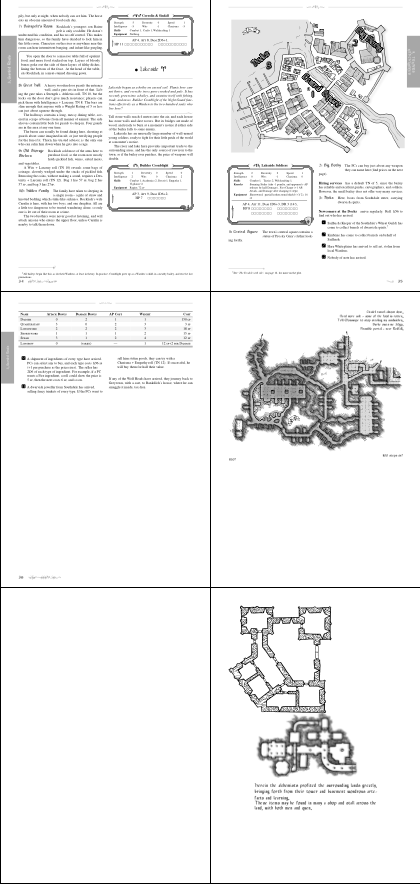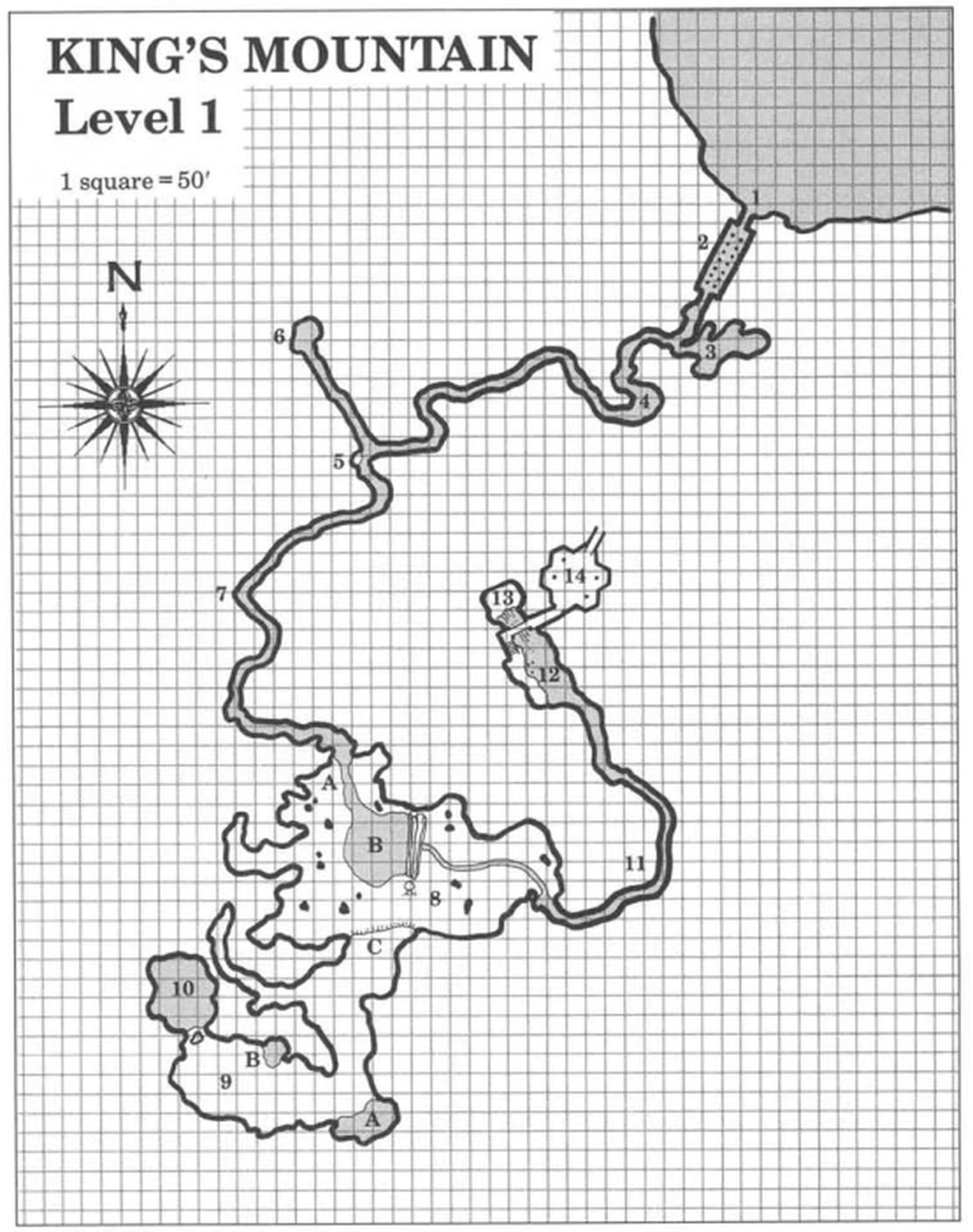Consumers of BIND
- Malin Freeborn
- January 30, 2024
I’ve rather gone off the notion of ‘collectibles’. Collectible RPG books are special because they can’t meet the demand. We can’t all have a copy of those original D&D books, or whatever swanky thing White Wolf brought out with the expensive full-page art.
In this vein, I’ve been making the campaign book - ‘Missions in Maitavale’ - less collectable while I rework it.
- All copies are available forever, so anyone can have any version at any time.
- It is not a pdf, the pdf file you download simply lets you get the book by printing it.
- All monster statblocks have boxes next to them. If a room has ‘4 Goblins’ with ‘5 HP’, then there will be a goblin stat-block with 4 rows of 5 boxes, so the Judge can easily score through the HP as the goblins die, and I encourage them to use a pen.
- I’m going to leave space at the bottom of every page for the Judge to take notes.1
- And every handout now sits inside the book.
That last one took more hours than it should have.
I had to tell LaTeX to remove the page numbers, then to clear everything to the next right-hand page (meaning ’the next page with an odd number).
But I’d just removed the page numbers, so LaTeX fell over and shat the bed, while screaming something about \hboxes.
But it’s worth it.

As you can see, at one point the page-tabs stop, and the handouts begin, one-sided. Whenever the players find a map, or secret note, the Judge will have to lay the campaign-book on the table and tear a piece out to give to the players.
BIND’s not a collectible, it’s a consumable. Playing a campaign should compel the players to rip, mark, deface, and change the physical book.
Now I’m going to see if LaTeX has a package for edible paper…
Upon further reading, I discovered that verbose footnotes already cover the bottom of every page, leaving no room for anyone else’s notes. Oh well, first come, first served. ↩︎
